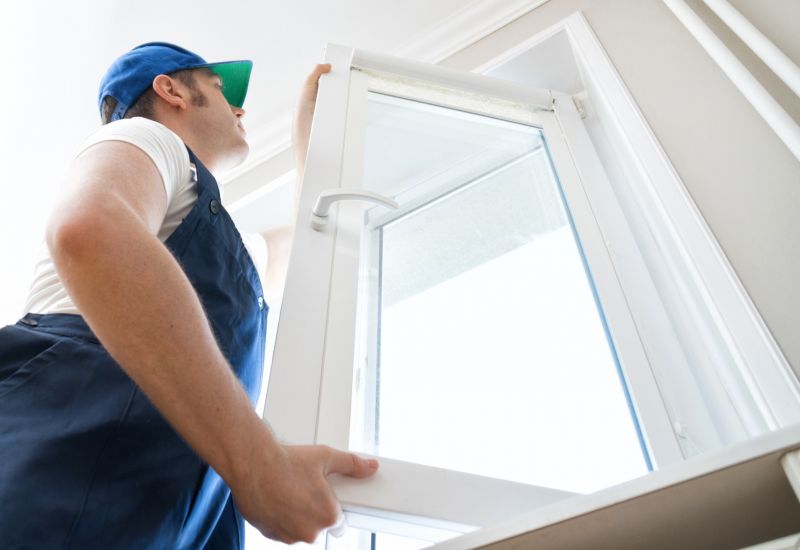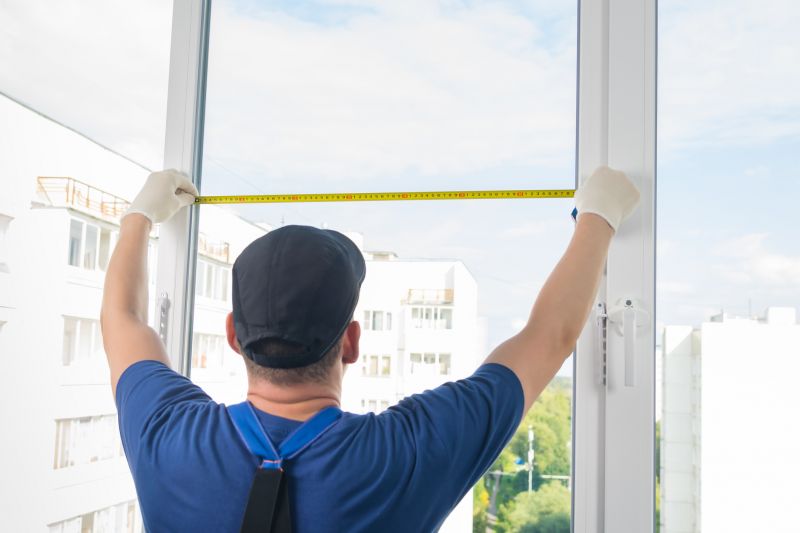Optimal Timing for Windows Installations
Understanding the optimal timing for Windows installations can enhance system performance and reduce downtime. Factors such as seasonal weather patterns, hardware availability, and workload cycles influence the best periods to undertake such updates or setups.
Spring and fall often provide moderate weather conditions, making them ideal for installations that require on-site work. Avoiding peak summer and winter months can prevent delays caused by extreme weather.
Scheduling Windows installations during low-traffic periods or scheduled maintenance windows minimizes disruption to daily operations.
Timing installations when new hardware models are released ensures compatibility and access to the latest technology.
Aligning installations with planned IT upgrade cycles helps maintain system consistency and reduces the need for multiple updates.

Optimal for moderate weather and planning ahead for the busy summer months.

Ideal for preparing systems before winter and end-of-year business activities.

Scheduling around new hardware launches ensures compatibility and performance.

Ways to make Windows Installations work in tight or awkward layouts.

Popular materials for Windows Installations and why they hold up over time.

Simple add-ons that improve Windows Installations without blowing the budget.
| Timing Factor | Recommended Period |
|---|---|
| Weather Conditions | Spring and fall |
| Business Operations | During low-traffic periods |
| Hardware Releases | Immediately after new models launch |
| System Upgrades | Aligned with planned upgrade cycles |
| Maintenance Windows | Scheduled during off-hours |
Windows installations encompass a range of activities including operating system upgrades, fresh setups, and system migrations. Proper timing ensures minimal disruption and maximizes system efficiency. Regular updates and timely hardware integration are essential for maintaining optimal performance and security.
Statistics indicate that performing installations during off-peak periods can reduce downtime by up to 30%. Additionally, scheduling during favorable weather conditions can prevent delays caused by unforeseen environmental factors. Planning ahead allows for comprehensive testing and reduces the risk of post-installation issues.

A systematic approach ensures smooth deployment and configuration.

Post-installation tuning enhances performance and stability.

Timing updates with security patches maintains system integrity.

Ensuring hardware readiness before installation minimizes issues.

High-end options that actually feel worth it for Windows Installations.

Finishes and colors that play nicely with Windows Installations.

Little measurements that prevent headaches on Windows Installations day.

A 60-second routine that keeps Windows Installations looking new.
For those interested in scheduling Windows installations, filling out the contact form provides an opportunity to discuss suitable timing options. Proper planning can lead to more efficient deployments and improved system reliability.


